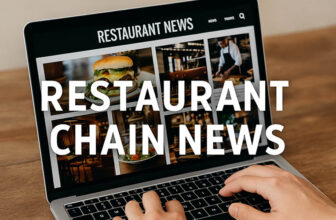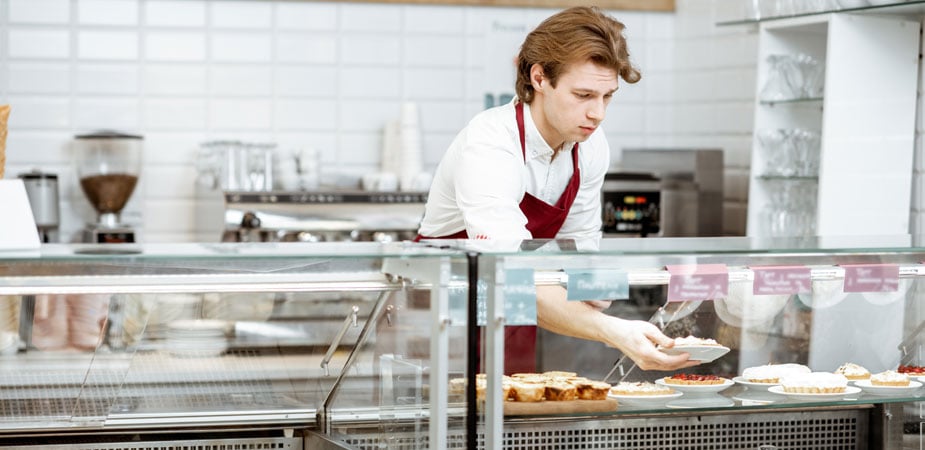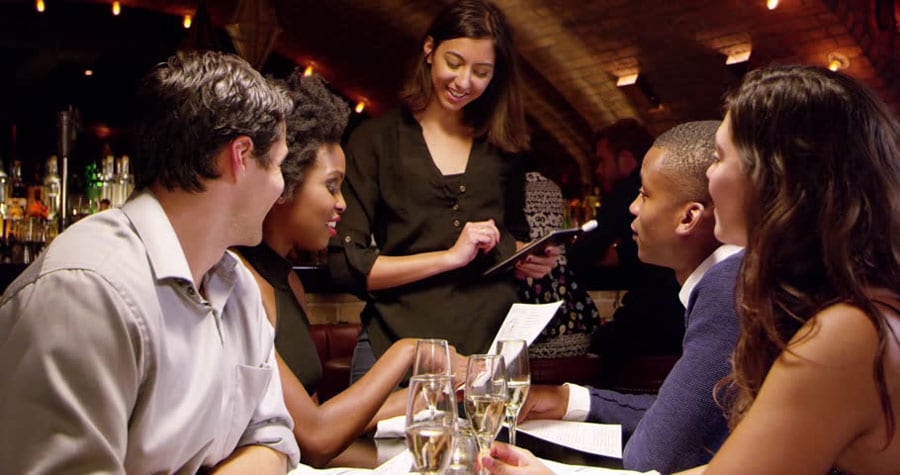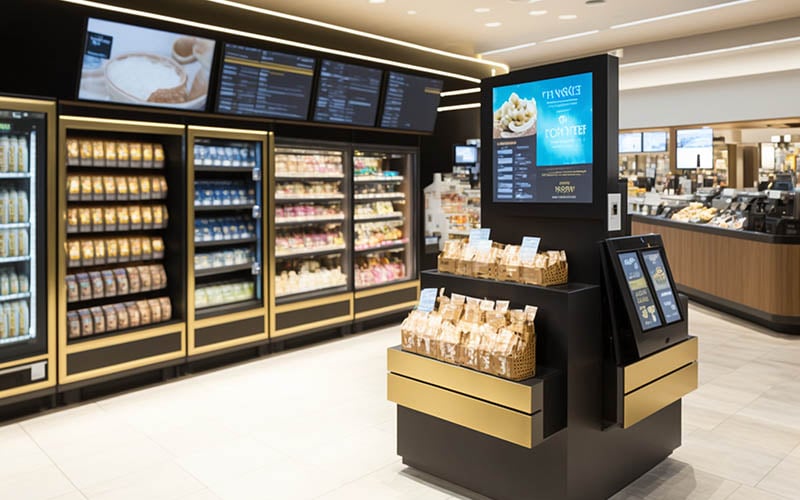
POS displays, or point-of-sale displays, are in-store promotional tools that help retailers promote products, offers, brand awareness and drive those all-important impulse buys at the checkout (the “point-of-sale“).
Good POS displays grab attention, communicate product and offer information in seconds and drive unplanned buys and revenue – they’re an essential part of any brick and mortar retail marketing plan.
Let’s get into the nitty gritty of POS display essentials including popular types of setups, products to feature, design considerations for converting displays and real stats on the impact POS displays can have on retail sales.
Table of Contents
The Main Types of POS Display Setups
Retailers use POS displays in several areas of the store depending on the product and goal. Here are the most popular:
Counter Displays
Compact and right on the checkout counter, counter displays mainly showcase impulse buy products like packs of gum, breath mints, gift cards, phone chargers and candy bars. They’re in your customer’s line of sight so most will see them.
In fact, an industry survey found 82% of shoppers make unplanned, impulse buys when queuing at the checkout counter itself. Maximize this prime real estate with strategic counter displays and you’ll get a big return on investment.
Floor Displays
Larger, attention-grabbing floor displays in high visibility areas like store entrances, aisle ends or seasonal departments feature new product launches, high demand products, promotional offers or holiday merchandise. Their larger footprint allows retailers to get creative in grabbing wandering eyes.
Industry research shows 68% of customers notice in-store floor displays while shopping, and almost a quarter of those — 24% — buy from a floor display.
Lightbox Displays
Lightboxes take attention grabbing to the next level with bright LED lights surrounding an enclosed display case that usually features logos, slogan graphics, offers or products. Modern and sleek, a well-designed lightbox display can make products literally shine and differentiate your brand.
Industry estimates say sales from lightbox POS displays are 107% higher than non-illuminated options. Placed in high foot traffic areas they can almost single handedly draw customers to featured products or offers.
Shelf Talkers
Unlike standalone displays, shelf talkers are small signs attached to the shelf where the product sits. Printed on mini posters, stickers or danglers, shelf talkers highlight product attributes, prices, ratings, comparisons, new flavors, bundle deals and more.
Shelf talkers aren’t as attention grabbing as some other POS options but can still deliver big sales. 76% of shoppers read shelf talkers when considering a product and 29% attribute their purchase to the shelf talker itself.
Beyond lightboxes, retailers can also include interactive elements like touchscreens, product samples, QR codes, or augmented reality in their POS displays and get results.
Products to Feature in Your POS Display
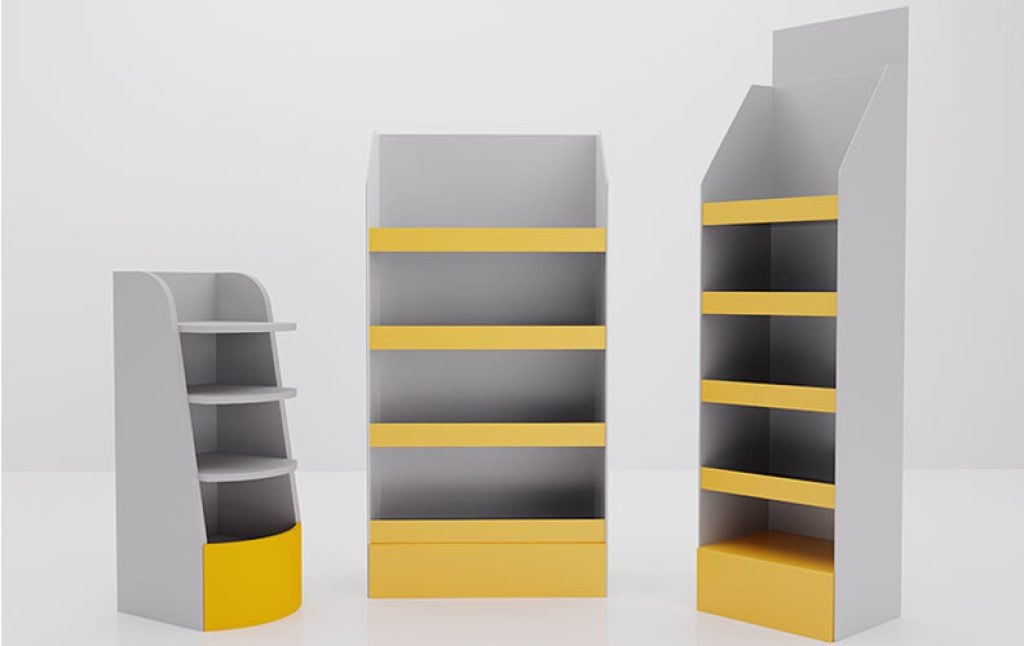
In theory any product can go in a POS display. But some categories yield better ROI than others. Think impulse buys, smaller items with mass appeal or frequent restock categories like:
● Soft drinks, juices, and non-alcoholic beverages
● Candy, chocolate, mints, and chewing gum
● Magazines and paperback novels
● Small accessories like phone chargers or earbuds
● Personal care goods like lip balm or hand sanitizer
● Gift cards or phone cards
● Tobacco products and lighters
● Snack items in bulk batches
These mass market products already have good sales velocity without extra promotion. Putting them in clever POS displays where the most customers will see them will drive even more sales through great presentation and placement.
Design Principles for POS Display Success
POS displays need to be eye catching, concise and strategically placed to drive the highest conversion. Some best practices include:
Grab Their Attention
In an age of information overload retailers only have seconds to grab a shopper’s attention before they back out. That’s why attention-grabbing design elements like bright colors, high contrast graphics, impactful photography, big text and smart use of negative space are essential for POS displays.
Use Bright Colors and Imagery
Bright colors and lifestyle imagery that speaks to the target audience makes POS displays pop from the surrounding static. Paired with simple text headers summarizing the value proposition or offer in 3-5 words shoppers can scan while on the move and get the key message.

Show Off Your Brand Personality
Product specific displays give retailers the opportunity to show off their brand personality through logo placement, graphics aligned to brand guidelines and consistent visual identity across store displays which subconsciously tells shoppers quality and reliability.
Over Communicate Benefits
Think of a busy parent shopping with kids in tow walking past your display. In literal seconds make it clear through simple text and thought-provoking graphics why buying this product will simplify their life or solve a problem for them. Lead them down the path to where they’re already swiping their credit card in their head.
Quantify the Value
Including dollar amounts, percentages, multi-buy savings or before and after comparisons on a POS display helps the logical part of the shopper’s brain justify the impulse buy. If a shelf talker says “2 for $5!” or “50% Free” the shopper now consciously works out it’s a good deal.
Make it Personal
A mass market is still individual people. Using language like “For savvy parents…” or “Help your kids succeed…” makes the display relevant to the motivators and values of the niche segment browsing your store. It subconsciously says, “this is for someone like me”.
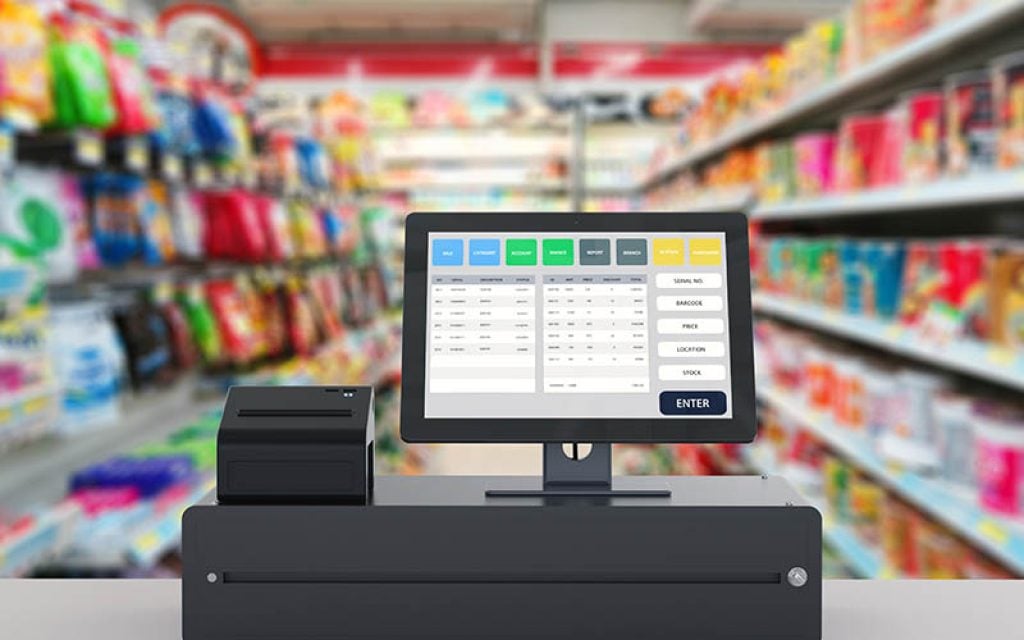
Real-World Impact: How POS Displays Drive Sales
Beyond driving impulse buys in the moment, well designed POS displays will also increase metrics like:
Unplanned Buys: 68% of all supermarket purchases are impulse buys not on shopping lists.
Brand Awareness: 76% of impulse shoppers discover a new product or brand from an in-store display.
Store Sales: Stores with POS displays have over 5% more sales than those without.
Purchase Influence: 29% of shoppers say a shelf talker POS display influenced their buying decision.
Basket Size: Impulse buys driven by great displays are $2-$5 each and add to the basket quickly.
In Summary
POS displays are a retail essential, placed in high traffic areas to promote products and prices to customers who are ready to buy – 68% of supermarket buys are impulse buys thanks to POS displays.
A retail imperative, POS display design and placement must capture the shopper’s attention to deliver measurable growth in basket size, revenue and brand awareness.
The power of POS displays comes from simplifying the text and graphics to drive impulse buys. Retailers live or die by their display merchandising skills at the point of sale – a make-or-break retail skill.


